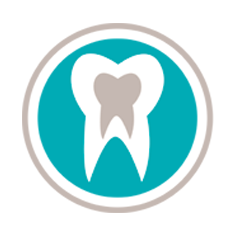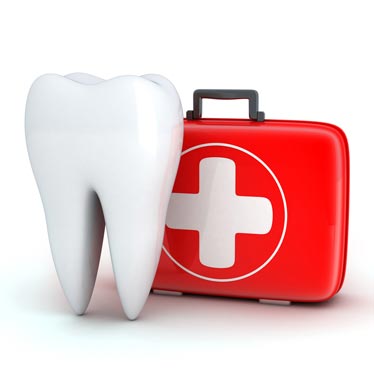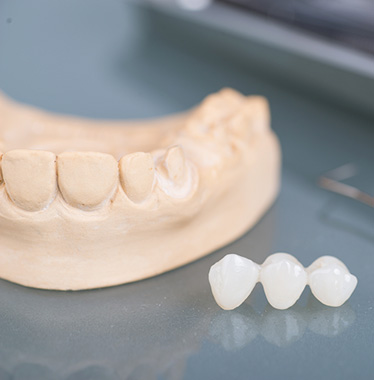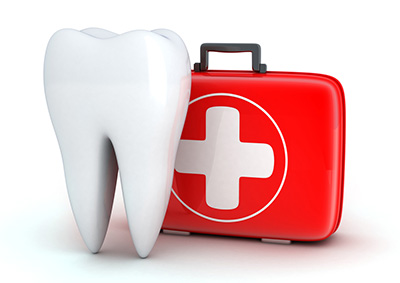 How severe is your dental emergency & managing dental problems at home during Corona Virus Pandemic
How severe is your dental emergency & managing dental problems at home during Corona Virus Pandemic
Following recent guidance from the Chief Dental Officer, all face-to-face, routine dental treatment has been postponed. These measures will help reduce the chance of virus transmission and reduce unnecessary travel.
This guide is to give advice to patients who are in pain and may need to access care, and to support them in managing minor symptoms at home.
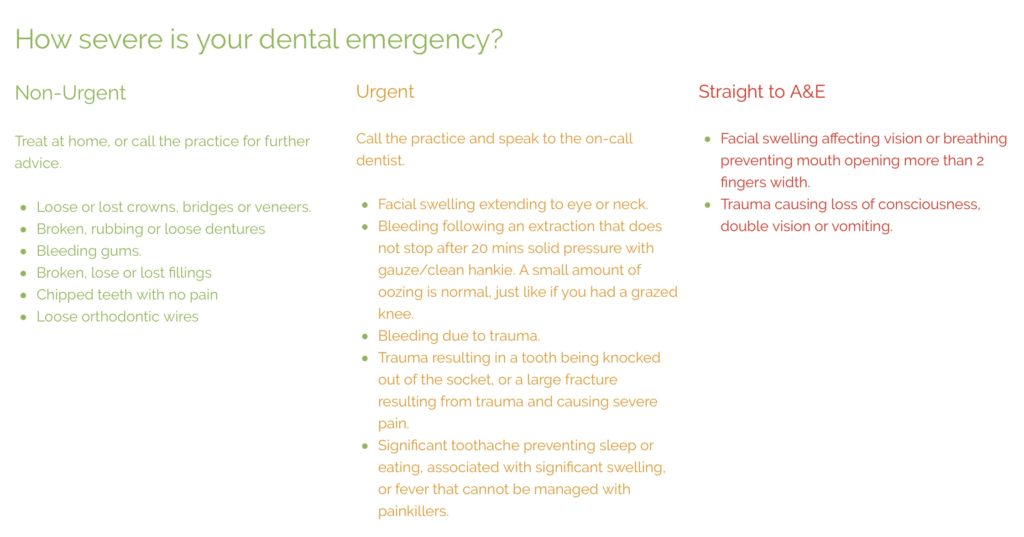
Mouth pain
For pain relief we advise paracetamol in the first instance unless this is not a suitable option for you.
Anti-inflammatories like Ibuprofen, unless this is not a suitable option for you, can help reduce sensitivity from teeth. Combining paracetamol and ibuprofen has also been shown to be effective.
All painkillers should be taken in accordance with instructions on the packet. Taking too many tablets WILL NOT IMPROVE YOUR SYMPTOMS and can cause serious stomach and liver injury which can be life threatening.
Toothache
If the tooth is extremely sensitive to hot or cold, this may be a sign of decay and antibiotics will not help. These at-home measures may help assist with pain management until you can see a dentist:
Good cleaning with fluoride toothpaste and reducing sugar intake will help stop decay from getting any worse.
If there is a hole in the tooth, or the tooth has cracked and is now sensitive, a temporary filling material can be packed into the space to help make symptoms more manageable. These are widely available both online and from supermarkets or pharmacies.
Toothpaste aimed at reducing tooth sensitivity, such as Sensodyne Repair and Protect, may also help reduce pain. Rub the toothpaste directly on to the affected area and do not rinse. Anaesthetic gel such as Orajel can also help ease the pain.
If the pain is severe, rinsing with cold water can sometimes ease the pain whilst you are waiting to be assessed by a dentist.
Wisdom Teeth
Wisdom tooth pain is usually due to inflammation of the gum over the erupting tooth, which is often made worse by the trauma of biting, so introducing a soft food diet will help with the pain.
Most flare-ups can be managed with good home care and should settle within in a few days to a week. It is important that you stick to a very thorough cleaning routine even if it is painful to brush the affected area because this process will encourage healing.
Using a product such as Corsodyl mouthwash will help with alleviating pain but avoid using for longer than a week as it may cause staining of the teeth. Warm salty mouthwashes can also help with alleviating pain.
If you have difficulty swallowing, swelling in your face or cheek or difficulty opening your mouth, please call the dentist for advice. You may need antibiotics if an infection is spreading.
Lost Crown
If the crown is mostly hollow, you can attempt to re-cement it at home if you feel confident to do so.
Clean and check the crown. Remove any debris from the crown; you can use something like the tip of a paperclip to scrape the old cement away. Clean your tooth thoroughly; all debris should be removed from the crown and the tooth for the crown to seat properly.
Check the crown fits without cement. Check carefully that the bite feels correct, if the tooth feels too tall or proud, it is not fitted correctly, double check for debris. Never try to force a crown or post onto your tooth, this can cause the root to fracture. If you cannot get the crown to fit, keep the tooth as clean as possible and wait to see your dentist.
Crowns should be re-fixed back onto the tooth using a dental cement from a pharmacy like Recapit. DO NOT USE SUPERGLUE or FIXADENT to fit your crown.
Once you have practiced placing the crown, dry the tooth and crown, mix the cement as instructed on the packet and fill the crown. Place the crown directly onto the tooth and bite firmly to press it into place.
Remove any excess cement with a toothpick and floss between your teeth to make sure they do not stick together.
Fractured or knocked out teeth
If a tooth has been chipped and is sensitive and/or sharp then applying a sensitive toothpaste or using an emergency repair kit is advised.
If a baby tooth has been knocked out, do not attempt to put it back in. Clean the area, bite on a clean hankie or towel for 20 minutes if it is bleeding, give the child age appropriate pain relief medicine and keep to a soft diet until the area has healed.
If an adult tooth has been knocked out
Handle the tooth by its crown (the white part), avoid touching the root
If the tooth is dirty, wash it briefly (10 seconds) under cold running water
Try to re-implant the tooth in its socket and then bite gently on a handkerchief to hold it in position
If this is not feasible, store the tooth for transportation to the designated urgent dental care centre in milk (not water). Alternatively transport the tooth in the mouth, keeping it between molars and the inside of the cheek.
You need to telephone for an emergency dental appointment





